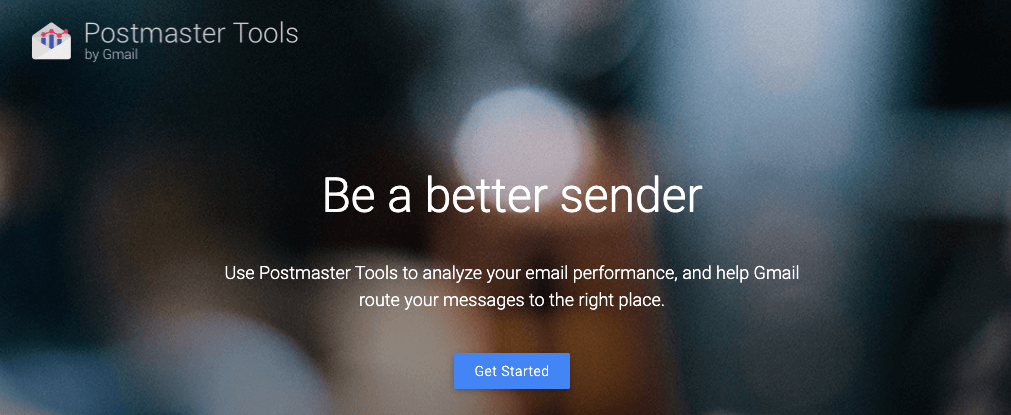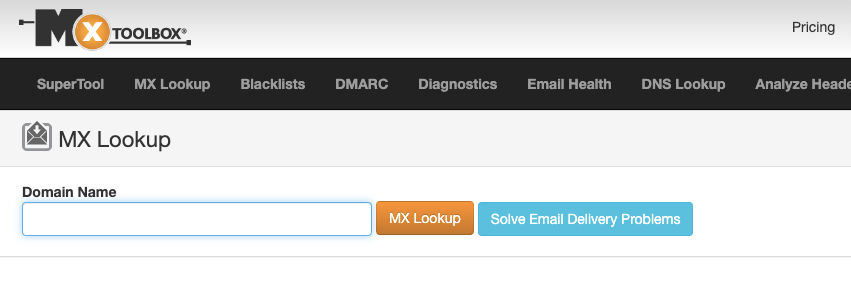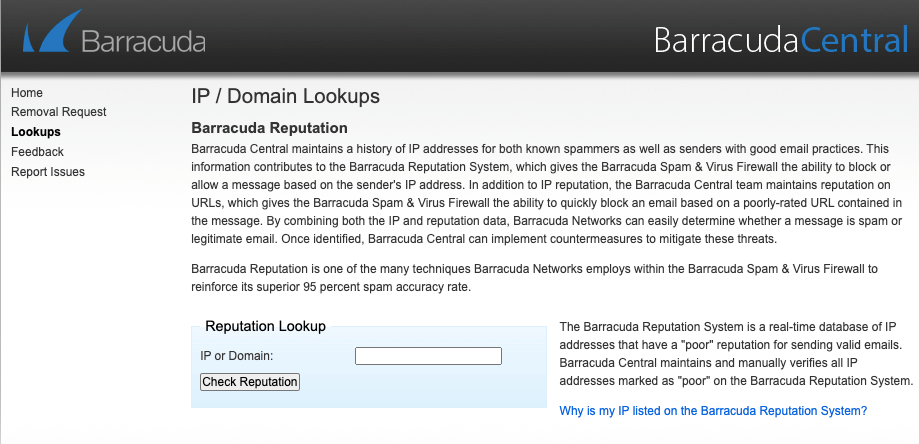The competition for getting to the inbox is fierce as billions of emails are sent daily. And, without a neat email deliverability rate, your email marketing won’t go anywhere—thats where domain reputation is crucial.
Your domain reputation ensures whether the mailbox providers and anti-spam services going to let you in through the recipient’s inbox or not.
There are many ways to keep a healthy email domain reputation, and also if you’re not careful enough, you will be losing it.
This blog will explain what is domain reputation, how it affects your email deliverability, and how to improve it gradually.
What is domain reputation?

Domain reputation indicates the health of your branded domain. To be more precise, domain reputation is the quality score of your branded domain provided by internet service providers (ISPs) and mailbox providers.
If your domain has better engagement, spam complaint rates, low bounce rates, etc, mailbox providers and ISPs are going to comprehend your email domain as a good one. That means your domain reputation is improving and healthy. A good domain reputation is necessary to ensure great deliverability and a high inbox placement rate.
Well, how ISPs are tracking this DR score? They implement certain tools or trackers to measure your domain reputation. For example, top ISPs like Gmail use a system like Google Postmaster, which tracks IP reputation and domain. Hotmail uses SNDS to track the IP reputation.
Why should you maintain a good domain reputation?

Maintaining a good email domain reputation is crucial for several reasons, particularly if you’re sending emails for marketing, communication, or any other purpose.
Therefore, one of the most important factors in achieving a high delivery rate is your domain reputation. A good reputation helps your success but a bad domain reputation leads to devastation like ending up in the spam box and hampering the overall success of email campaigns.
Check the following reasons that will help you understand the importance of good domain reputation –
Inbox Placement: A good email domain reputation directly impacts inbox placement rates. Email service providers (ESPs) use reputation metrics to determine whether your emails should land in recipients’ inboxes, be routed to the spam folder, or be blocked altogether. A positive reputation increases the likelihood of your emails reaching the intended recipients’ inboxes, ensuring that your messages are seen and read.
Avoiding Spam Filters: Emails from domains with poor reputations are more likely to trigger spam filters, leading to higher rates of emails being marked as spam or rejected outright. Maintaining a good domain reputation reduces the risk of your emails being flagged as spam, ensuring that your messages are delivered to recipients’ inboxes and increasing the chances of engagement.
Building Trust: Consistently delivering high-quality, relevant content to recipients helps build trust and credibility for your domain. When recipients consistently receive valuable emails from your domain, they are more likely to engage with future communications and view your domain as trustworthy. This trust is essential for maintaining strong relationships with your email subscribers and improving long-term engagement and conversion rates.
Protecting Brand Reputation: Email communications are an extension of your brand, and a poor email domain reputation can negatively impact your brand’s image. Emails that are consistently marked as spam or sent from suspicious domains can erode trust in your brand and damage your reputation. Maintaining a good email domain reputation helps protect your brand’s image and ensures that recipients perceive your communications positively.
Above all, a high email deliverability rate resulting from a good domain reputation can lead to cost savings. When more of your emails reach recipients’ inboxes, you can achieve higher engagement rates and conversions without the need for costly re-engagement campaigns or additional email marketing efforts to compensate for lost emails.
Factors That Affect Your Domain Reputation
Several factors cause a low or high domain reputation. Also, there are seemingly dark factors that affect your domain reputation badly. You can get rid of them with a proper strategy. The first of them all is learning them –
1. Be aware of blacklisting
When an email recipient blocks an email as spam or as junk, it can cause your email to end up as blacklisted.
If you send an email and the recipient marks you as spam, then your spam-compliant rate increases. This is harmful because once you’re blacklisted, your domain won’t be able to make it to most of the ISPs’ barriers/spam filters.
2. Spam traps
Spam traps are fake email addresses hidden in various locations on the web. They are created mainly by blacklisting platforms. If you accidentally send emails to one or several spam traps, it will certainly hurt your domain reputation.
So, to keep yourself free from spam traps, you must be aware while creating your email lists. Don’t just include any email addresses on your list before checking them.
3. Low email engagement
Email engagement is a measure of how you’re doing with your email lists and provides a better experience for your subscribers. A low engagement can signal top ISPs that your domain isn’t trustworthy.
So, besides a low email engagement rate, you should also be careful about your email unsubscribe rate.
4. Domain age
Domain is an indicator of your longevity and trustworthiness. If you have a new domain, sending cold emails from your address would be harmful because many ISPs could mark you as junk or spam. So, you must warm up your domain before sending cold emails for marketing purposes.
5. Inconsistency in email sending volume
A stable activity ensures you’re a man with a mission. An email domain also possesses a personality, and email ISPs want to measure that personality before letting your email into a subscriber’s inbox.
So, if you send an inconsistent volume of emails, like a lot of bulk emails for 2 months, then suddenly send a minimal number, it will trigger an alarm among the recipient servers.
How to check and maintain your domain reputation
It’s quite not possible to measure your domain reputation on your own. There are secret metrics and guidelines all the major ISPs maintain to measure which domains are secure and which aren’t. We will be mentioning a list of free tools
All you can do is be careful not to lose your domain reputation and check all the factors that impact your email-sending domain. However, here are some tips we’ve sorted from industry experts that can help you to maintain the stability –
a. You should send relevant and engaging email content.
b. Maintaining a clean email list is a must.
c. You should implement email authentication protocols such as SPF (Sender Policy Framework), DKIM (DomainKeys Identified Mail), and DMARC (Domain-based Message Authentication, Reporting, and Conformance) to verify the authenticity of your emails and protect against spoofing and phishing attacks
d. You must monitor feedback loops and email complaint reports regularly. You can get those from your email service providers. Also, you must respond faster to any deactivation/ unsubscribe requests, complaints, and other feedback to showcase the responsiveness of your domain.
Last but not least, your game depends on staying updated on industry standards and regulations and making amends to any needful changes.
5 Free tools to check your domain reputation
OK, let’s come back to check your domain reputation. Some tools can help comprehend the overall status of your domain reputation. We’re mentioning the top 5 tools to look for –
1. Sender Score

Senders Score is a free tool to check your domain reputation. You can check and evaluate the status of your email domain, and that help you to improve even more.
2. Google Postmaster

Google Postmaster is the best tool out there to check your domain health. Besides checking the domain reputation, you can also find out your spam rate, encrypted traffic, and sender score.
Though, this is a dedicated deliverability metric tracker for Gmail. So, if most of your subscribers are Gmail users, you can get reports, analyze them, and improve your overall domain situation.
3. MX Toolbox

A free and intelligent tool for understanding your domain reputation. All you need to do is go to their website and start checking.
Mainly, the tool is good for finding out your domain’s blacklist issue (if there is any), and other deliverability issues. These two metrics can guide you to improve your overall trust and strength of the email domain and IPs.
4. Barracuda

Barracuda is also a free tool to look up your domain/IP health.
On their website, they simply put their aim and assistance like this: “Barracuda Central maintains a history of IP addresses for both known spammers as well as senders with good email practices… Barracuda Reputation is one of the many techniques Barracuda Networks employs within the Barracuda Spam & Virus Firewall to reinforce its superior 95 percent spam accuracy rate.”
5. Talos Intelligence

Talos Intelligence is a free tool from Cisco, it is specialized for domain and IP reputation. Talos is designed to check your IP with real-time threat data, finding spam risks, domain reputation score, and other deliverability metrics.
Before you go
To secure a better domain reputation and email deliverability, you need to maintain clean lists, improve user engagement, and send highly relevant and helpful content is necessary. Besides that, you can use an email deliverability tool to establish a streamlined process to support your subscribers.
Also, you need to follow the industry’s best practices for email sending and keep yourself updated about the required compliance and compatibilities. We hope a well-organized email-sending process can help you achieve the desired success. Keeping your technical part of the sending is the key here.
